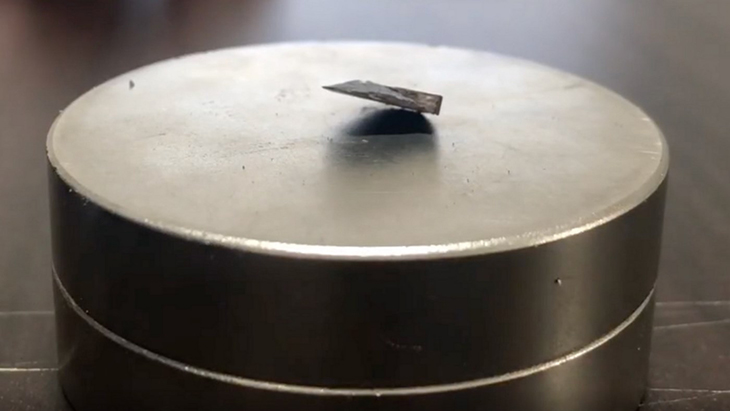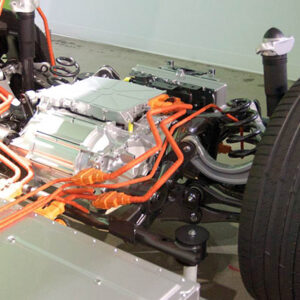
In a groundbreaking discovery that was recently unveiled by South Korean physicists on a pre-print server, the world of applicable physics may be on the cusp of a revolutionary breakthrough.
This revelation, if substantial through replication, has the potential to usher in a new era of technology and science. The scientists involved propose the existence of materials that exhibit the remarkable property of being “room-temperature, ambient pressure superconductors.”
In simpler terms, this discovery borders on the utopian, resembling a concept straight out of science fiction. And moreover, it has the potential to become a milestone to mark the 4th technological revolution, which could possibly change the world as we know it.
Of course, these two revolutionary papers have received a lot of skepticism, even from the authors themselves. One of the co-authors, Sukbae Lee, expressed his concern that Professor Kwon published their experiments on the pre-print server Arxiv without consulting the other authors. Worse, it was published before the paper was even properly written, which they believe led to the skepticism in the broader scientific community in the first place, which is what led many to call their data both “sloppy” and “fishy.”
Regardless of the lack of confidence in the paper, the findings are still worth looking at. The team managed to identify a lead-based compound known as LK-99, which supposedly possesses superconducting properties.
In conventional conductors like copper wire, as electricity flows through them, electrons collide with one another, resulting in a net loss of energy and an increase in heat dispersion within the materials. This phenomenon is precisely why electron devices, such as laptops, tend to heat up when operated at full power.
Superconductors, on the other hand, are materials that enable electrons to move freely without any disruption, allowing them to transmit huge amounts of energy. These materials, like niobium-titanium or niobium-tin, are known for their ability to conduct electricity without resistance.
Superconducting magnets, powered by these materials, possess the strength to levitate trains and confine plasmas within nuclear fusion reactors.
But the issue that comes with traditional superconductors is their dependence on extremely low temperatures, often as low as -100°C, to maintain their superconducting state. What makes the LK-99 remarkable is its capacity to operate at room temperature. LK-99 is synthesized through a baking process involving the minerals lanarkite and copper phosphide.
The researchers further claim that this material can induce magnetic levitation even at pressures equivalent to those at sea level.
If these claims are verified, this discovery could revolutionize transportation. Imagine cars, trains, skateboards, and bicycles levitating through the air, all via the power of magnetism, making wheels basically obsolete.
Moreover, nuclear fusion rectors, which currently rely on extensive amounts of conventional superconducting wires and expensive cooling systems, could potentially be engineered more efficiently.
One perfect example is the ITER fusion reactor in France. This happens to be a flagship project for nuclear fusion research, utilizing a staggering 124 miles – or 200 kilometers – of superconducting cables, maintained at an astonishingly frigid temperature of -252°F (-269°C) inside the world’s largest cryogenic freezer.
To address all the skepticism surrounding their claims, Singularity Hub created a short but amazing report that raised some very intriguing questions. It notes that if LK-99 genuinely possesses magnetic levitation capabilities, a video published by the researchers should demonstrate the entire sample levitating above the magnet, secured in place by the “quantum lock” of the Meissner Effect.
Despite that, the video only shows a portion of the sample exhibiting this behavior, leaving room for doubt.
In light of these uncertainties, the authors have extended an invitation for independent peer review and replication of their findings. This step is essential to restore their scientific credibility and determine whether their discovery truly holds the potential to revolutionize the word of physics and technology as we know it. The coming days will undoubtedly by captivating as the scientific community endeavors to unravel this intriguing mystery.
As per Dr. Mark Ainslie, a superconductors expert from King’s College London, in an interview with Sky News, “We’re cautious about these kinds of claims. It would be fantastic, but extraordinary claims require extraordinary proof. We’re waiting to see what happens with the replication efforts going on at the moment.”
What are your thoughts? Please comment below and share this news!
True Activist / Report a typo


